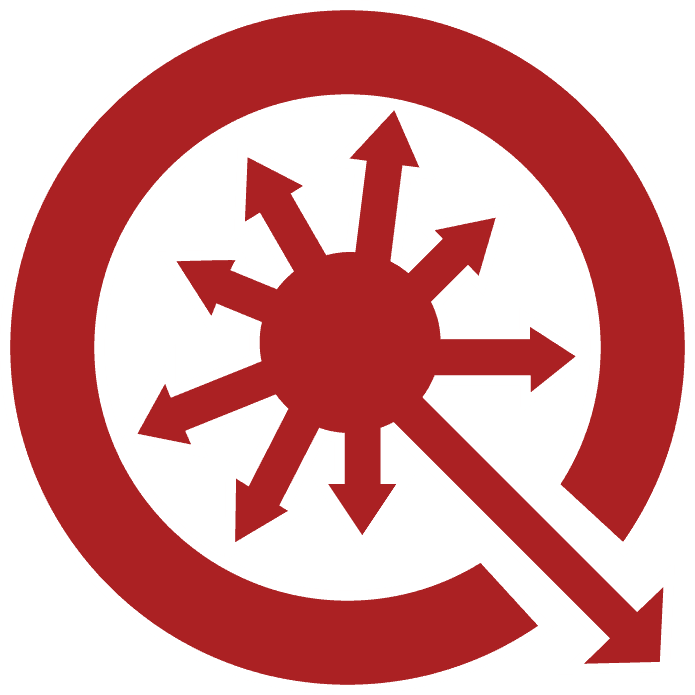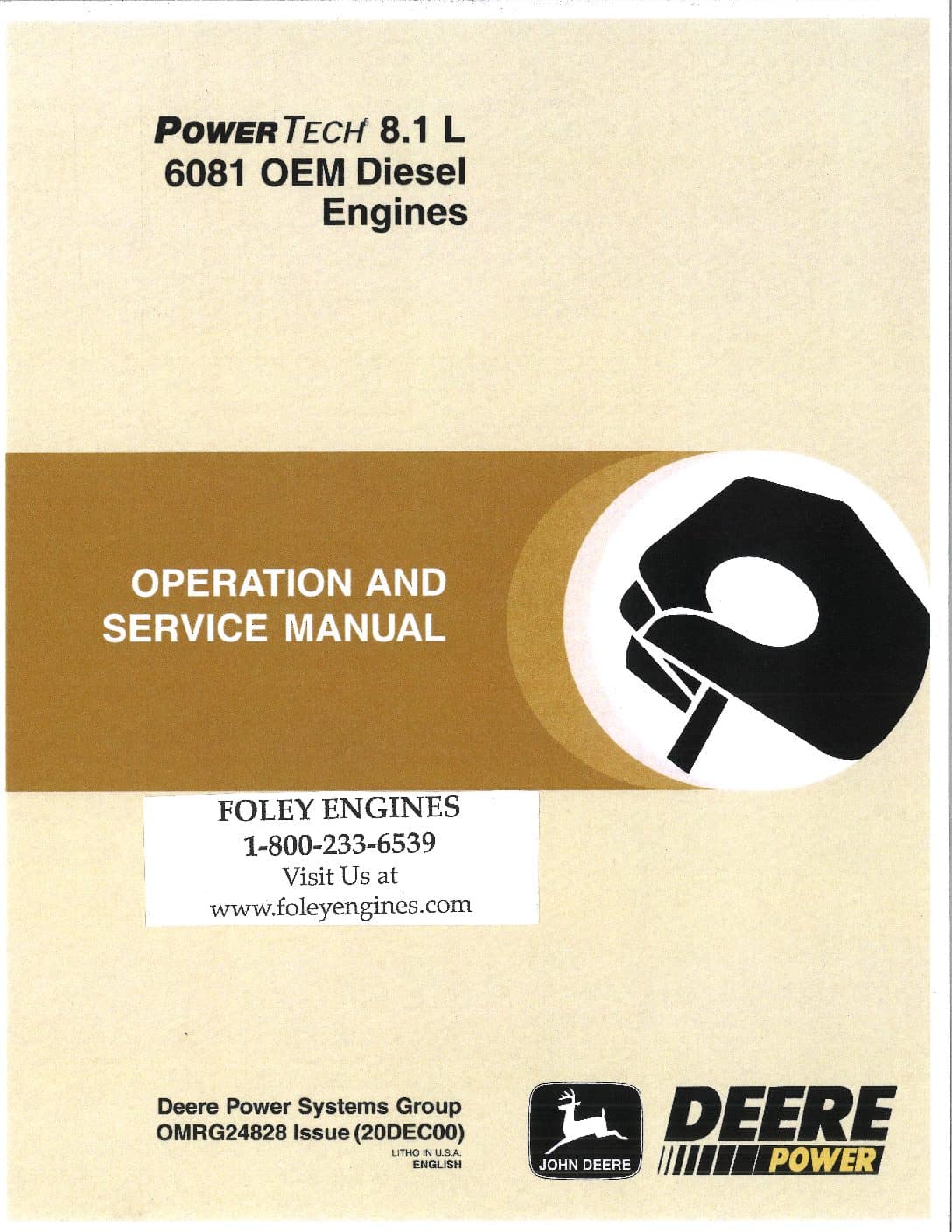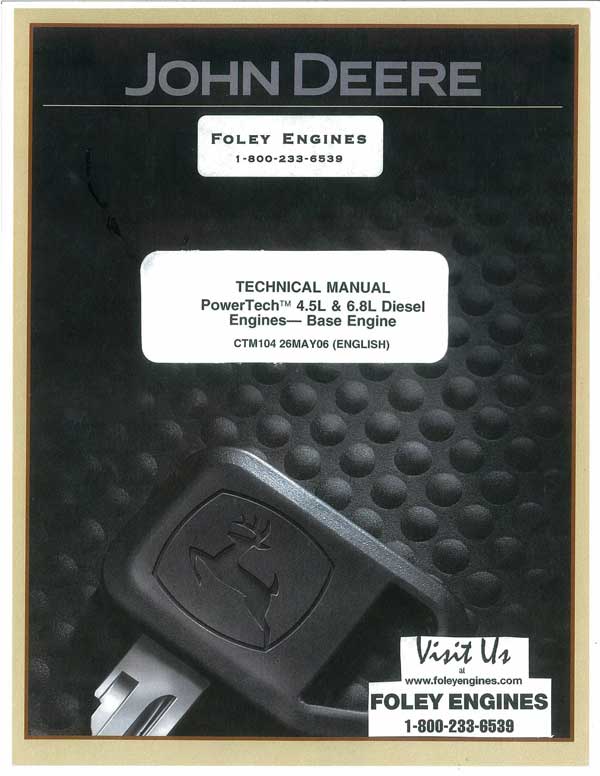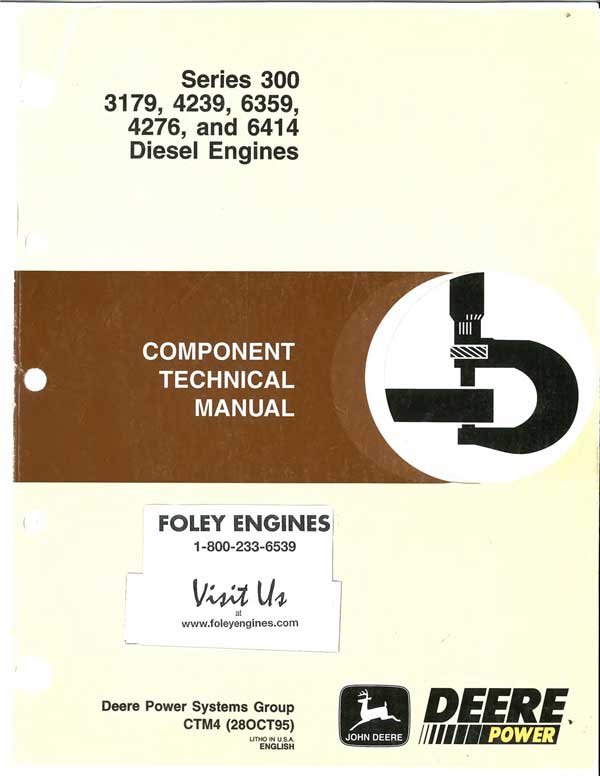Another way to identify John Deere Engines
This Tech Tip, one is a series that we publish, aims to help identify and distinguish between the Powertech and non-Powertech engines.
It’s difficult to tell the John Deere Powertech engine series from the earlier John Deere 300 engine series. Afterall, they can even share the same engine model number such as John Deere 4045. But which 4045 do you have? But telling these two series apart is very important because the engine overhaul parts for a John Deere Powertech Series are different from a 300 Series and the parts are not interchangeable. Not only are the Deere sleeve kits different, but so are the Deere crankshafts. Our Foley Engines Tech Tip #88: Identifying John Deere PowerTech Engines, presented four ways to tell the difference between these two series of Deere engines. They include an identifying sticker on the engine’s valve cover, the location of the fuel lift pump, a stamped in model number, and the configuration of the bolts on the valve cover.
This Tech Tip gives a new, fifth way of distinguishing between a John Deere Powertech and a John Deere 300 Series engine. One that may be the simplest of all. This new technique involves simply counting the number of bolt holes on the nose of the John Deere crank. If you have more than one bolt, you probably are working on a John Deere Powertech engine and should order your parts accordingly. Take a look at the chart below for more information.
| Number of Bolts in the Crank Nose |
||
| Powertech |
||
| 4 cylinder | 3 | |
| 6 cylinder | 4 | |
| 300 Series |
||
| 4 cylinder | 1 | |
| 6 cylinder | 6 | |
Which ever John Deere engine you have, we can help. Foley stocks engine overhaul parts kits and crankshafts for both John Deere 300 Series and John Deere engines and offer same day shipment from our 20,000 square foot facility.







